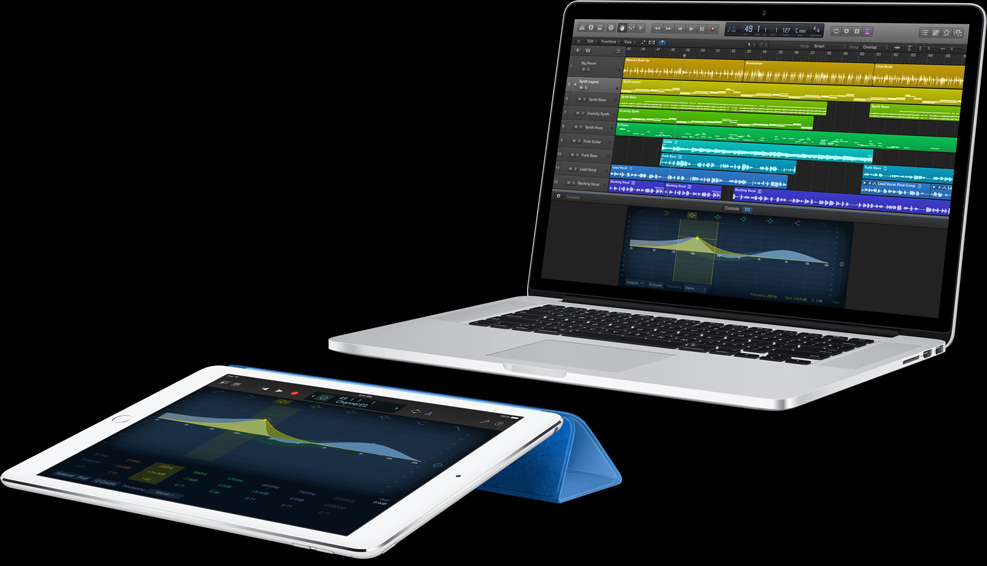
Engineers may not want to let musicians know they can change recordings this radically, lest Flex Time become to timing what pitch correction has become to tune. For recording and production workflows, Logic has made this kind of work uniquely accessible, and it can make the edits almost stunningly transparent. Logic is arguably better for subtler adjustments than Live, as Live’s warping is geared for regrooving large blocks of loops and combining them in non-linear ways. Live focuses on mapping the entire tempo of a loop, whereas Logic leaves audio untouched by default.

It’s perhaps closest in spirit toĪbleton Live ( ), though with important differences. Logic’s implementation takes a little bit of the best of all of these features. But there are certain advantages to being last. Rival technologies from Steinberg, Digidesign, Cakewalk, MOTU, and others have all sought to make molding sound around beats easier. This kind of functionality may be familiar to experienced users of digital audio workstations. (This version also adds Speed Fades, which can simulate the braking of a turntable.) Apple says all of these modes are based on new audio algorithms developed in-house, and the results sound terrific. The Speed mode changes the pitch along with the time, as would changing the playback speed of traditional analog tape. Different modes allow you to ensure the results fit the source material: Slicing and Rhythmic modes preserve the attacks of percussive material, whereas Monophonic and Polyphonic modes stretch the sound. You can change as few or as many points inside a waveform as you wish, whether re-grooving an entire recording or fixing one errant high hat. The effect is addictive and instantaneous the interface never feels like it’s in your way, because you can drag on the waveform directly to warp it. Drag the marker left and right, and the waveform squishes or stretches like Play-Doh. Click a waveform, and you can add a Flex Marker-a pointer to a position in the recorded waveform-which you can move forward or backward in time. Want to learn more? Check out our quick Mainstage overview video.Switch to the Flex Time view in the Arrange pane, and blocks of audio become stretchable.

We have additional content available on our Training page as well as personal training offered by our in-house Mainstage expert, Kyle Disterheft.
APPLE MAINSTAGE LIVE LOOPING SOFTWARE
Pick up a copy of the software (only $30 now on the Apple App Store) and LC Template to start using Mainstage today (by calvin at dresshead tech). During live performance, you can jump to portions of the song on the fly but if you make no action during the song, it will progress through your roadmap. The main difference between Mainstage and other DAW performance software is the software workflow- Mainstage is configured to simply press play and let a pre-determined roadmap run its course. With this template, you can start the song from a specific marker, jump around between markers live, cycle a marker, and more. After dropping in your audio files, the marker list becomes available and the buttons activate.

All items in the template are pre-configured to accept audio files bounced from Logic or Garageband with markers. The above set uses a Mainstage template which is now available at Loop Community. Mainstage allows you to create custom buttons, knobs, and displays so that you can show and control exactly what you want. Mainstage concert using the LC Mainstage Template


 0 kommentar(er)
0 kommentar(er)
